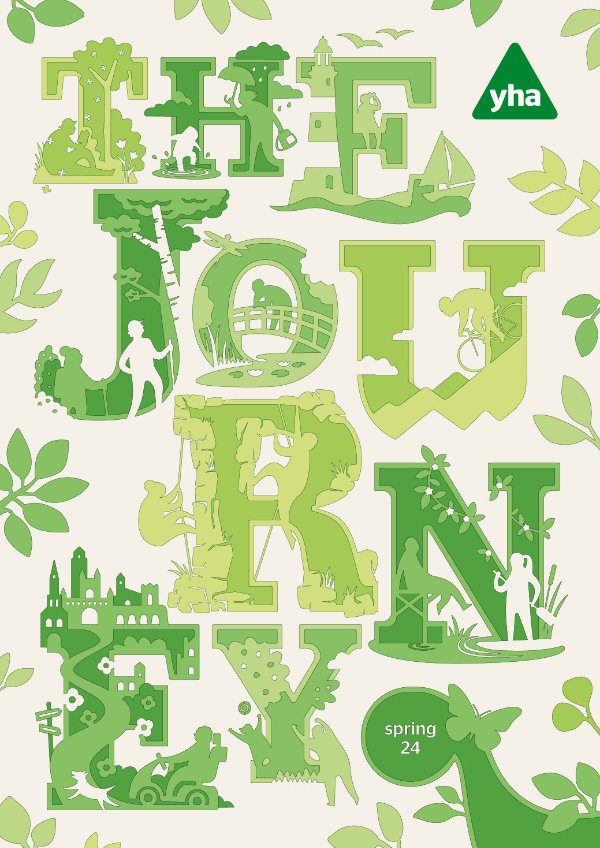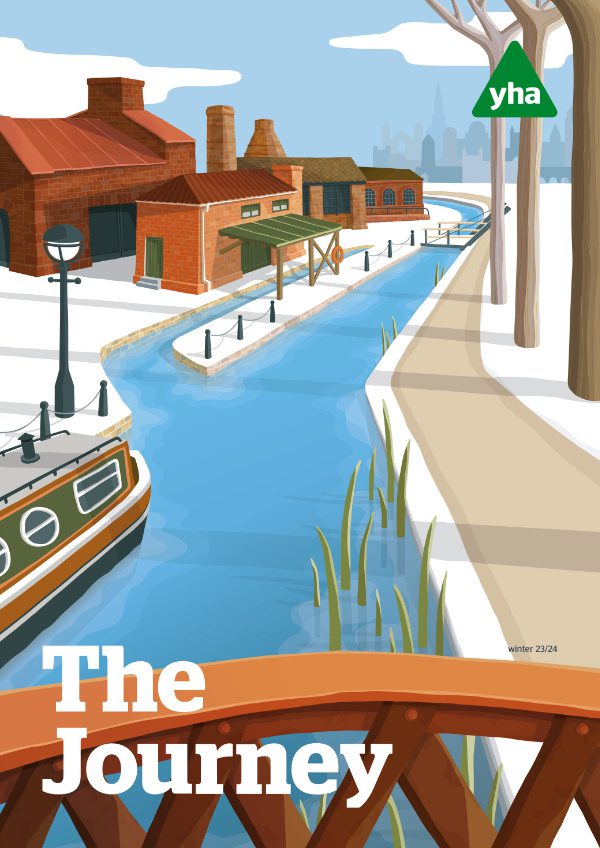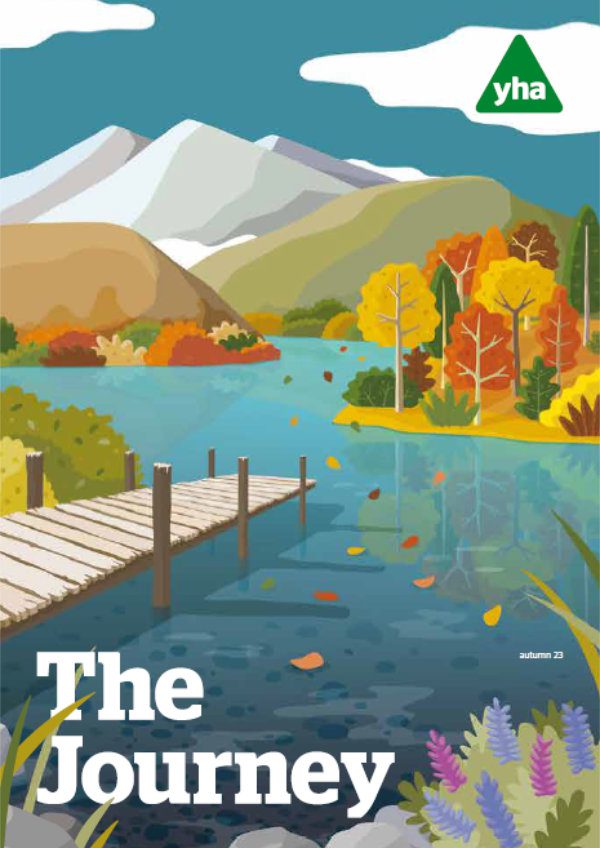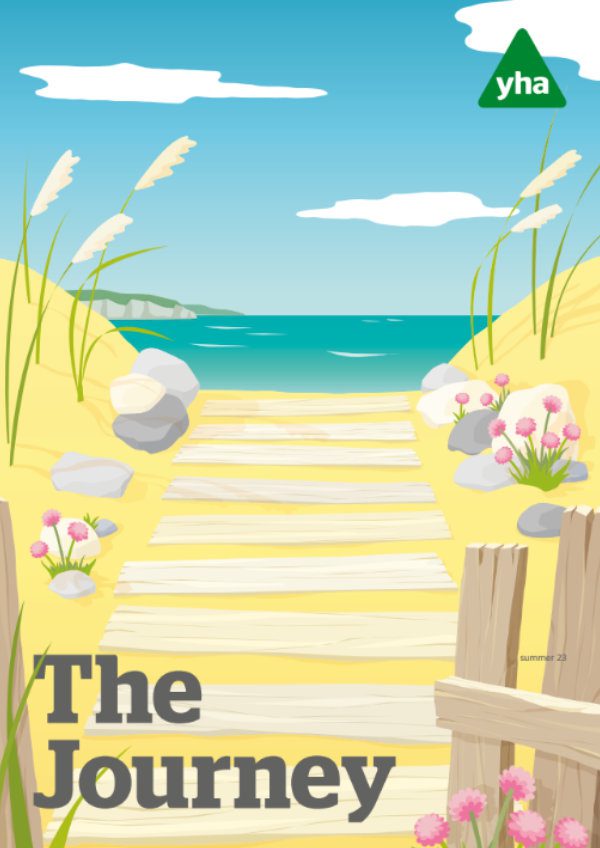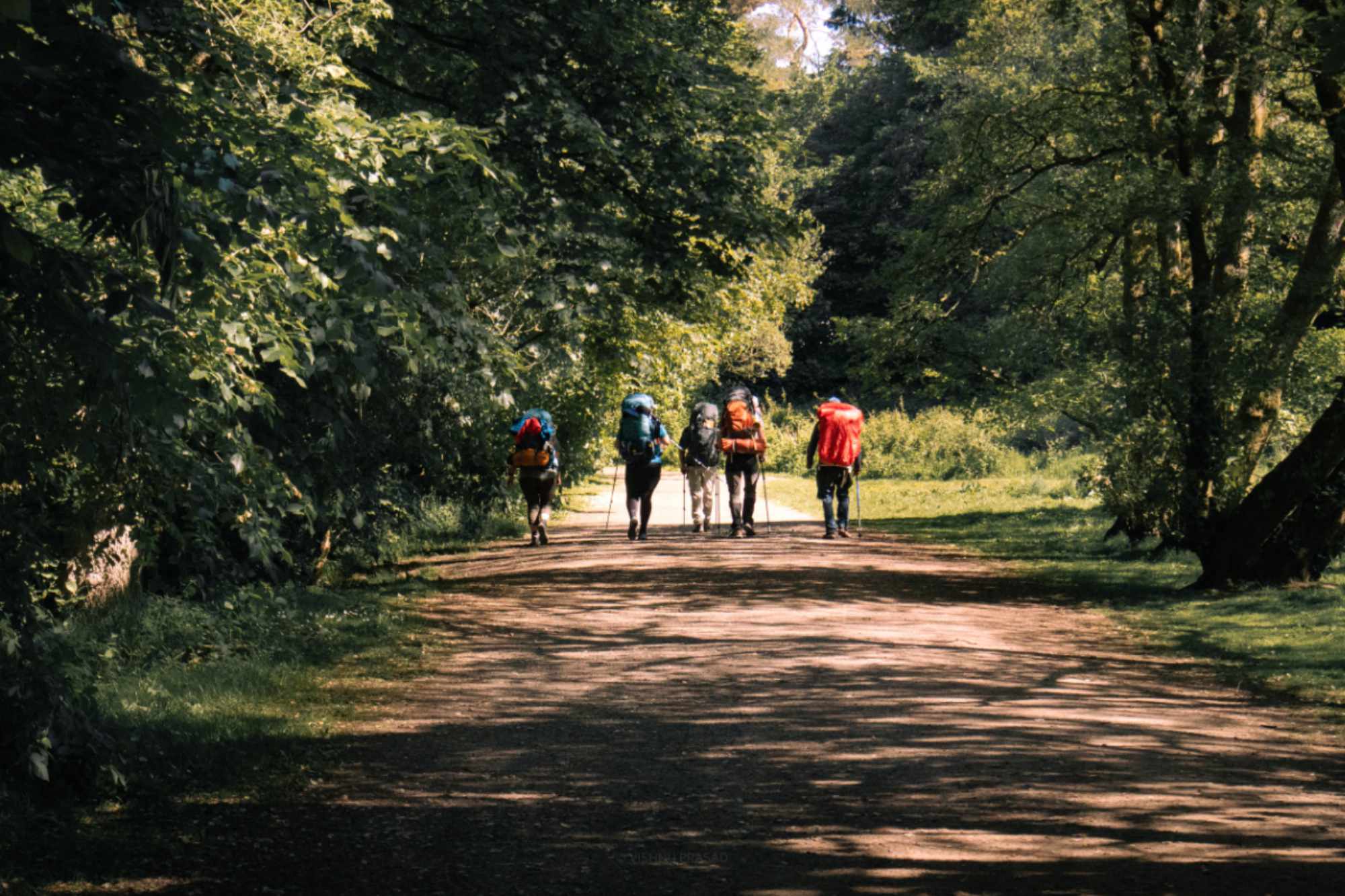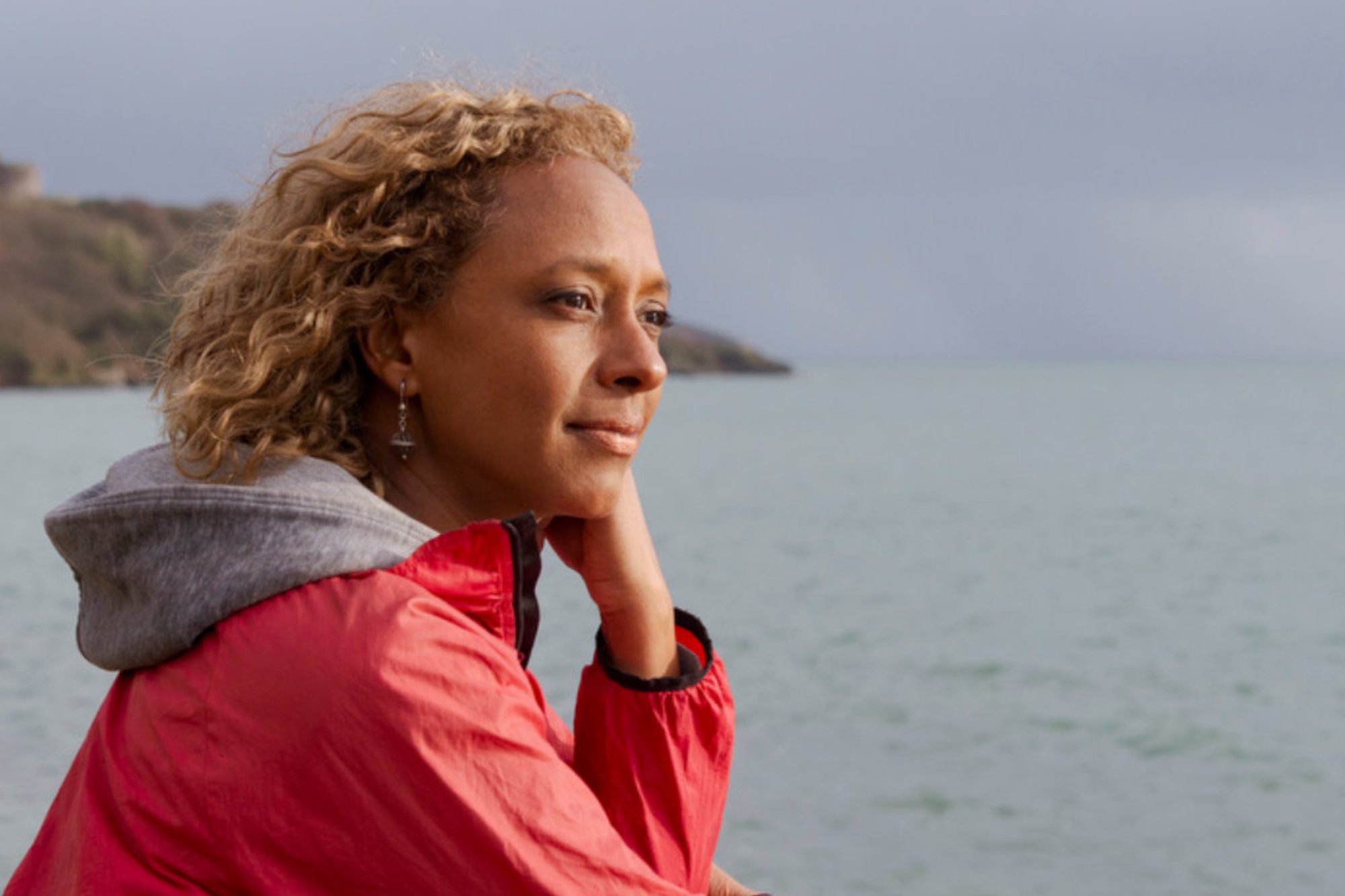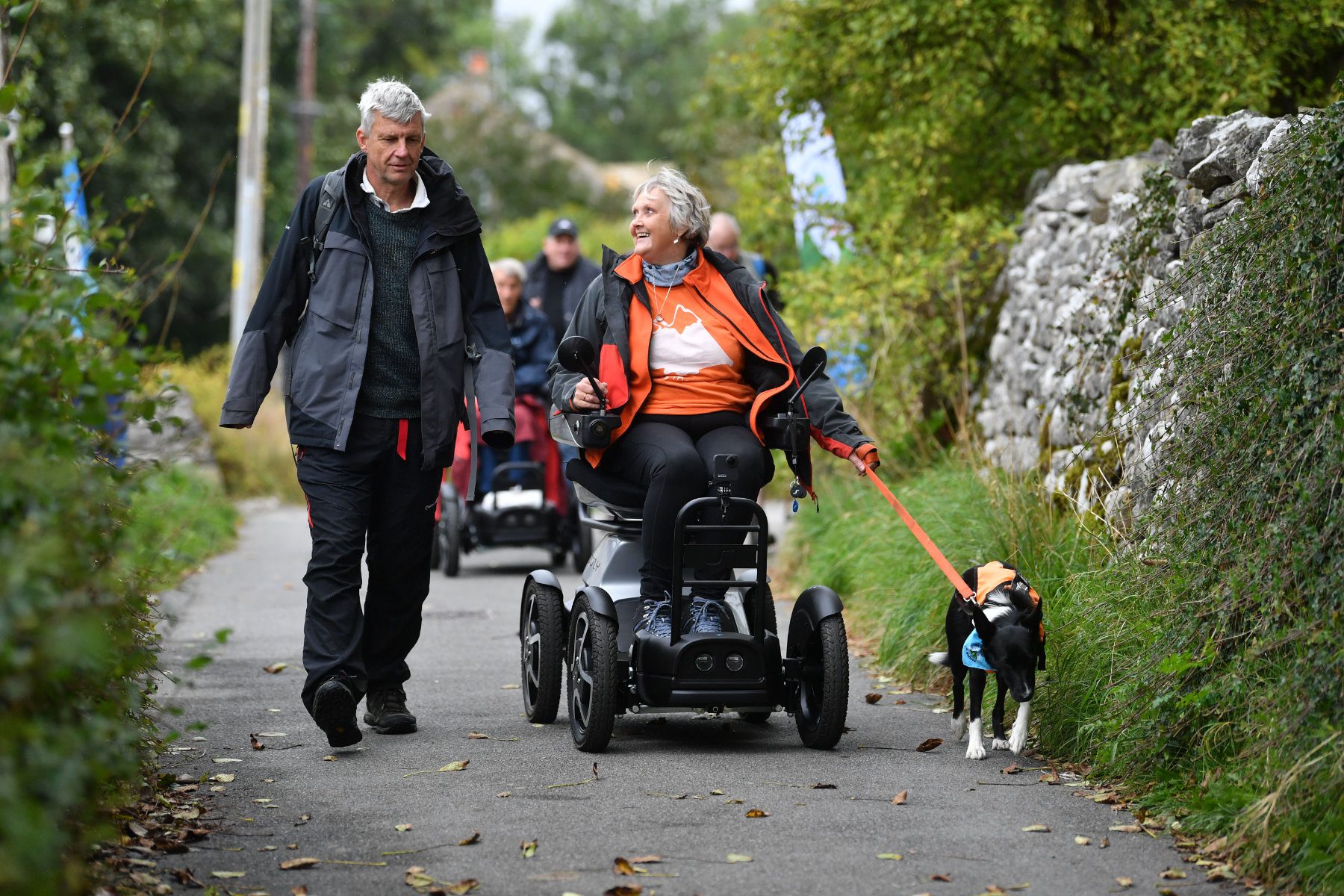Outdoor enthusiast Daniel Neilson is a regular contributor to YHA’s travel magazine, The Journey. In this blog, he shares some insights on the waterways of England and Wales.
River Cuckmere
It was one of those late summer afternoons, so still you could hear bees. Elliot, my seven-year-old son, and I carried the paddleboard to the bank of the River Cuckmere, just below a white horse carved into the chalk downland. Over the last few years, the Cuckmere Haven between Seaford and Eastbourne has become a popular spot for paddle-boarding. And no wonder — the oxbow lakes are often mirror-flat, while the sea, the chalk cliffs, the shingle beach, the abundant birdlife, the rare butterflies and the rarer still wildflowers combine to offer some of the most evocative views in Sussex.
I’ve been coming to the River Cuckmere for many years. I’ve walked and run along the bankside paths, kayaked and paddle-boarded on the river. I’ve participated in a never-to-be-repeated triathlon which included a swim in the river, and I’ve had many far more enjoyable dips on sunny days after a picnic. I’ve picked samphire and scared swans (well, they scared me). The river has become a thread through much of my outdoor life. I love the meandering nature of rivers because you’re forced to meander yourself; this is not the quickest way from A to B. And on a paddleboard, you slow down even more.
Rather than stay on the lakes, busy on this warm day, we headed upriver, a decision perhaps influenced by passing a riverside pub. We wanted a mini adventure, so I packed sandwiches and Pom-Bears in a dry bag and brought a life vest for Elliot. After pumping up the board, we squelched through the mud (a highlight for a seven-year-old) and set afloat. Elliot sat cross-legged at the front, and I pulled the paddle through the still water.
Elliot never stopped talking, pointing out swans among the reeds, buzzards and red kites overhead (the first I’d seen so far south), fish plopping out of the still water. We greeted dog walkers and kayakers.
At the Plough and Harrow — just 4.5 miles from YHA Eastbourne as the red kite flies — I pulled the board onto the bank and had a pint (fizzy water and cheese and onion crisps for Elliot). It was blissful.
We’d been going for a couple of hours, but with the tide, it would be shorter home. The lowering sun cast a reddening light across Friston Forest. It was quiet now. Elliot, still talking, was having a great time pulling his fingers through the water, balancing at the front, trying to catch a fish.

As we reached the end, he asked if he could jump in. I followed. The water was cool, refreshing. Elliot was whooping with delight. It had been soulful for me; for him, it was a thrilling adventure. And the river, insignificant, narrow, empty, that had provided such joy.
River Thames
The Thames Path National Trail is a serious walk. It stretches for 183 miles from its source — a puddly field in deepest Gloucestershire — to the Thames Barrier, and while the ascent and descent involved is minimal, the sheer length of the trail can sap the legs. It runs through parts of nine counties and flows under 134 bridges. There are some gloriously beautiful rural sections along the way, with hour after hour of lush water meadows, canalboats and bird-busied woods, but its most recognisable stretches come once the river reaches the capital. Few cities are as synonymous with their waterways as London and the Thames.
The historian Peter Ackroyd has called the river “a museum of Englishness itself”, and much of this character is down to the fact that it channels past some of the most significant buildings from our national past, from Hampton Court Palace and the Houses of Parliament to St Paul’s Cathedral and the Tower of London.
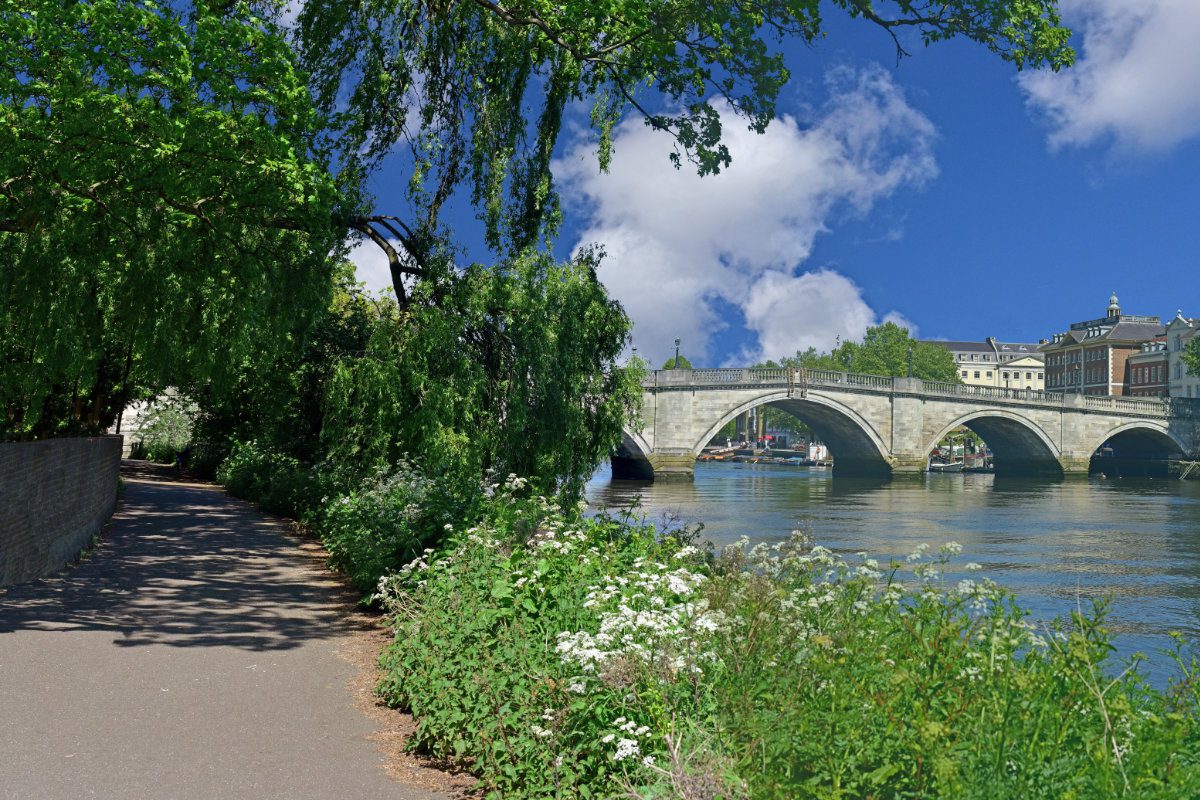
On foot, then, the journey from the quiet western outskirts of the capital to its teeming inner-city heart is one to remember. You’ll pass the likes of the Globe Theatre, the O2, the Tate Modern and the London Eye, but you’ll also get the opportunity to delve into the waterside streets of Richmond, wander the Botanic Gardens at Kew and soak up the buzzy atmosphere of the South Bank — not to mention enjoying the countless other quirks, curiosities and serendipitous encounters that make London the place it is.
And naturally, you’ll find plenty of YHA hostels to plan a trip around. We have a great selection of hostels in and around central London, several of which sit on or close to the river. One of the best things about following The Thames Path National Trail through the city in autumn? If the weather turns, you’ll never need to look far for a pub or café to duck into.
River Thames fact file
- The Thames is home to some 125 fish species, as well as otters and voles.
- Westminster Bridge is an identical shade of green to the House of Commons benches.
- The Thames Path is the longest dedicated river walk in Europe.
Three other rivers to enjoy
River Wye
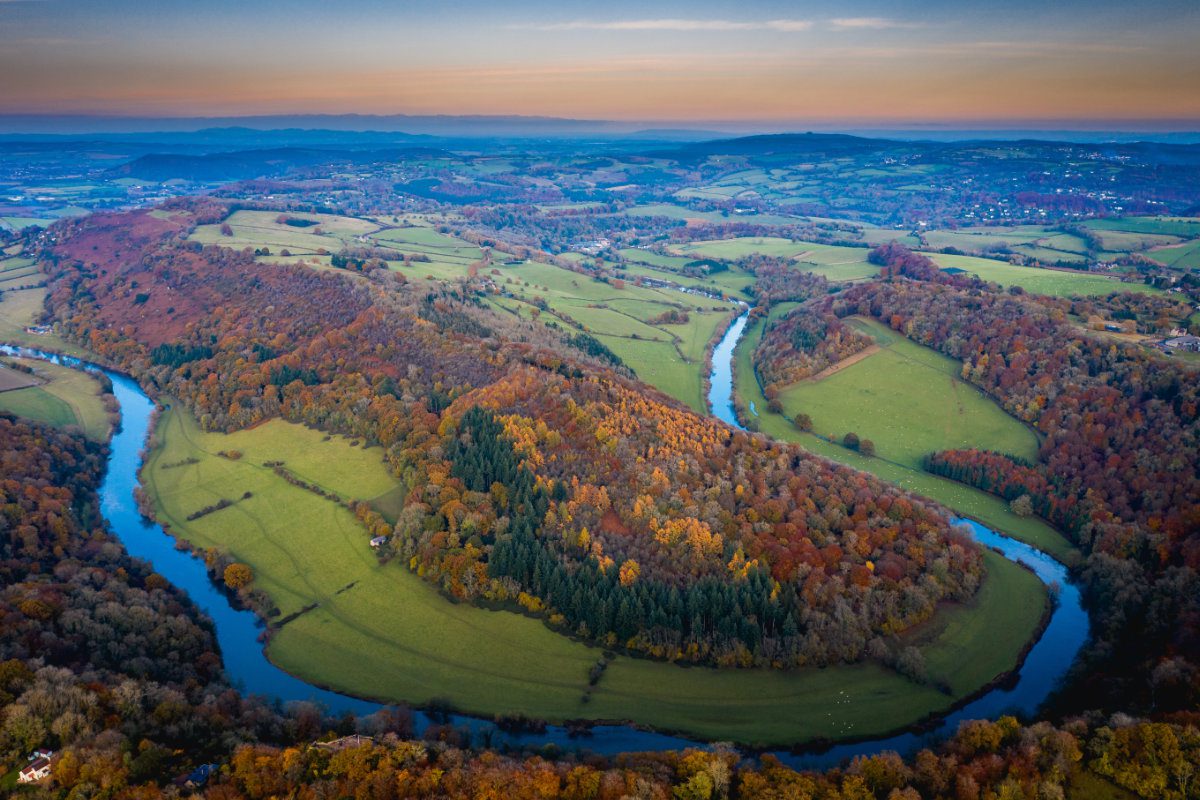
YHA Wye Valley has a remote woodland location on the banks on one of the most handsome waterways in the UK. As it wends its way south towards its estuary on the Bristol Channel, the River Wye bends between hills, forests and historic towns, often forming the border between England and Wales. The river also occupies a special place in the story of UK tourism, being the favoured location of well-to-do British travellers when the Napoleonic Wars stopped overseas travel. These days a walking trail traces the path of the river, but most rewarding of all is to hire a kayak and paddle yourself through this peaceful swathe of countryside.
River Gwynant
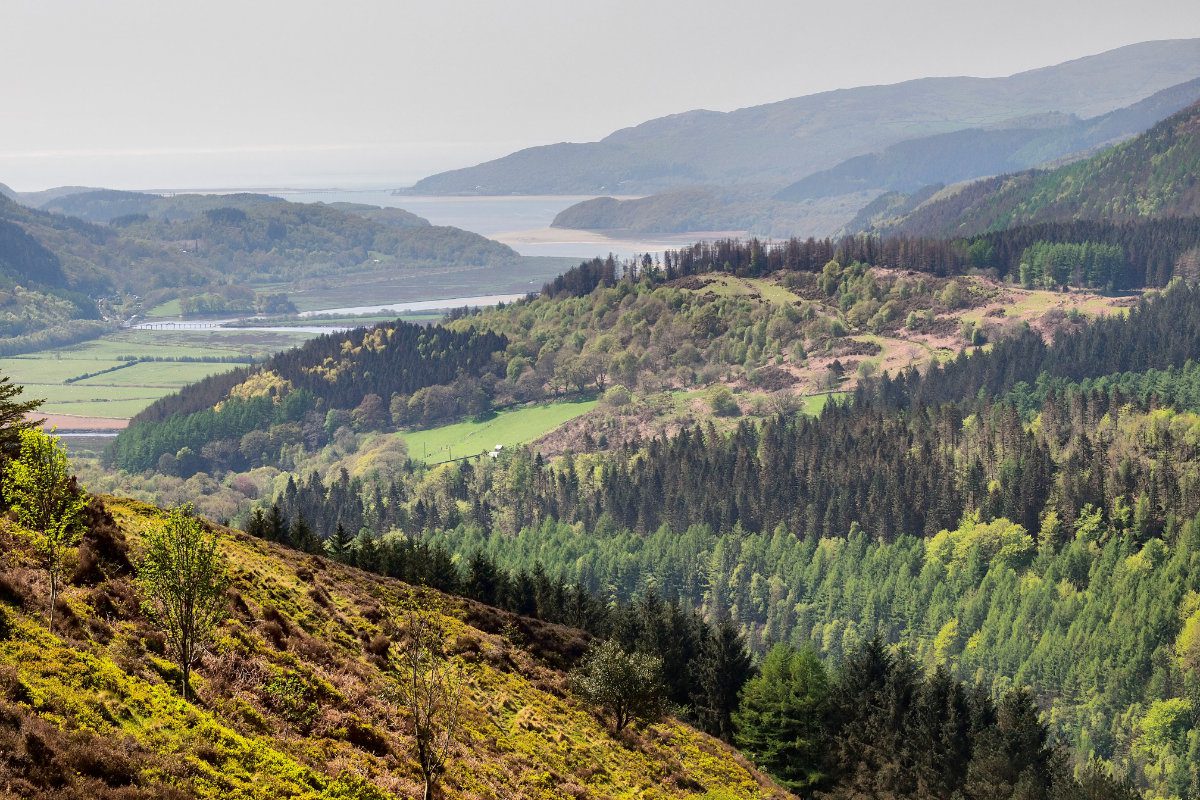
Some of Wales’ greatest gifts remain well hidden. The chuckling River Gwynant — concealed in the forested valleys of southern Eryri (Snowdonia), and a tributary of the much larger River Mawddach — is one such example. The Gwynant is by no means a household name, and it measures barely more than a few miles in length, but it’s one of the chief attractions of a stay at YHA Kings. The hostel is snaffled away in a wooded ravine where the unassuming presence of the river, just feet from the main building, provides a soothing soundtrack day and night. If it all sounds a little too meditative, fear not — the National White Water Rafting Centre and the mountain bike trails of Coed y Brenin are both close by.
River Dart
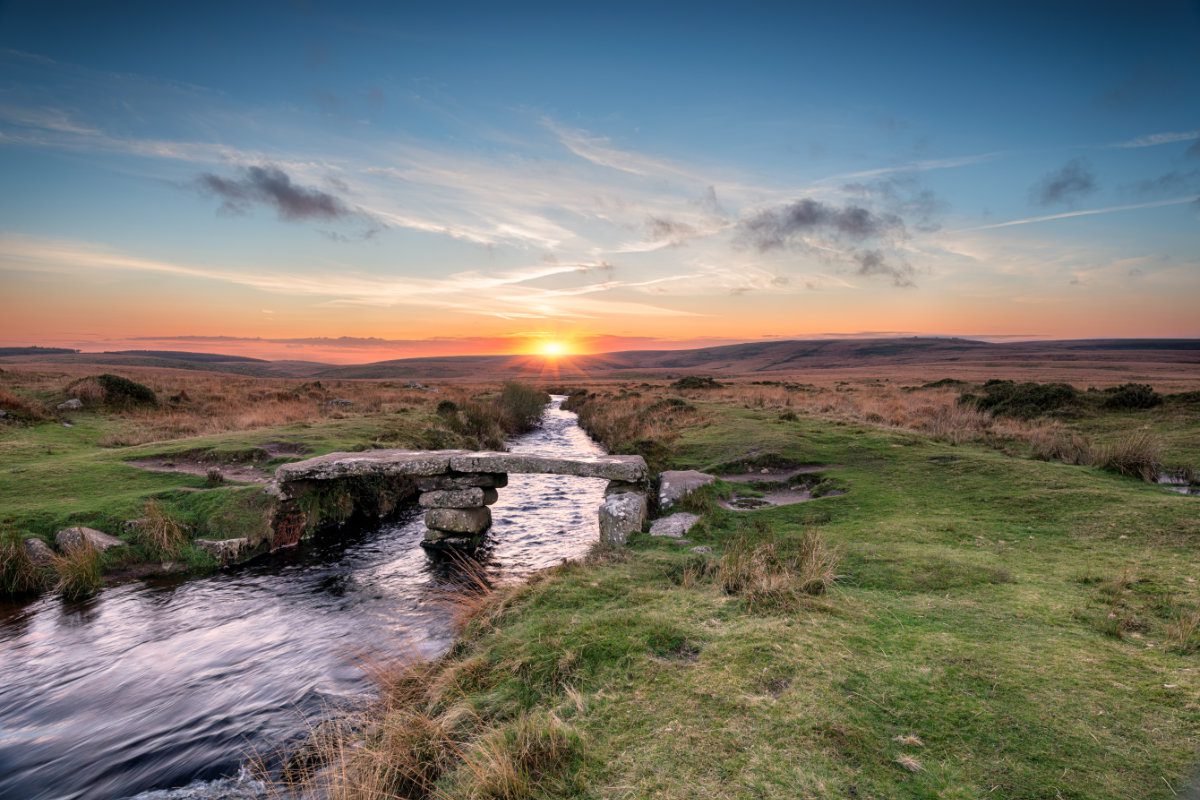
By the time it reaches the sea at Dartmouth, the River Dart has become a wide, illustrious thing, full of tales of naval exploits and trans-Atlantic adventures. At its source, however, the mood is very different. It rises in the middle of Dartmoor, among lonely tors and empty, squelchy grasslands — or to be more accurate, it rises twice. The head of the West Dart is located a few miles away from the head of East Dart, and as the two streams trickle seawards they eventually convene on the fringes of the National Park to form the Dart proper. YHA Dartmoor is located a short distance from the East Dart, making it a fine base for exploring the early stages of this famous waterway.
Read next: Take a look at 9 Exclusive Hire hostels for autumn getaways.
